Related Research Articles
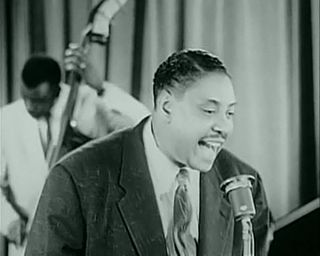
Rhythm and blues, frequently abbreviated as R&B or R'n'B, is a genre of popular music that originated within African-American communities in the 1940s. The term was originally used by record companies to describe recordings marketed predominantly to African Americans, at a time when "rocking, jazz based music ... [with a] heavy, insistent beat" was becoming more popular. In the commercial rhythm and blues music typical of the 1950s through the 1970s, the bands usually consisted of a piano, one or two guitars, bass, drums, one or more saxophones, and sometimes background vocalists. R&B lyrical themes often encapsulate the African-American history and experience of pain and the quest for freedom and joy, as well as triumphs and failures in terms of societal racism, oppression, relationships, economics, and aspirations.
Swing music is a style of jazz that developed in the United States during the late 1920s and early 1930s. It became nationally popular from the mid-1930s. Swing bands usually featured soloists who would improvise on the melody over the arrangement. The danceable swing style of big bands and bandleaders such as Benny Goodman was the dominant form of American popular music from 1935 to 1946, known as the swing era, when people were dancing the Lindy Hop. The verb "to swing" is also used as a term of praise for playing that has a strong groove or drive. Musicians of the swing era include Duke Ellington, Benny Goodman, Count Basie, Cab Calloway, Benny Carter, Jimmy Dorsey, Tommy Dorsey, Woody Herman, Earl Hines, Bunny Berigan, Harry James, Lionel Hampton, Glenn Miller, Artie Shaw, Jimmie Lunceford, and Django Reinhardt.

Orleans is an American pop rock band formed in 1972 in Woodstock, New York by John Hall, Larry Hoppen and Wells Kelly. Larry's younger brother, bassist Lance Hoppen and drummer Jerry Marotta joined the band in 1972 and 1976, respectively. The band is best known for its hits "Dance with Me" ; "Still the One", from the album Waking and Dreaming; and "Love Takes Time". The group's name evolved from the music it was playing when it formed; their music is inspired in part by Louisiana artists, including Allen Toussaint and the Neville Brothers.
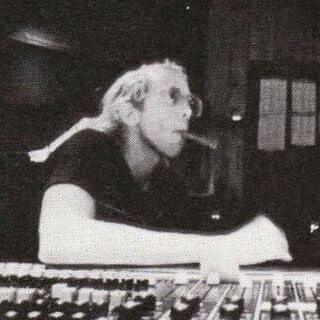
Robert Lawrence Welch Jr. was an American guitarist, singer, and songwriter who was a member of Fleetwood Mac from 1971 to 1974. He had a successful solo career in the late 1970s. His singles included "Hot Love, Cold World", "Ebony Eyes", "Precious Love", "Hypnotized", and his signature song, "Sentimental Lady".

Lee Francis Allen was an American tenor saxophone player. Phil Alvin, Allen's bandmate in The Blasters, called him one of the most important instrumentalists in rock'n'roll. Allen's distinctive tone has been hailed as "one of the defining sounds of rock'n'roll" and "one of the DNA strands of rock."
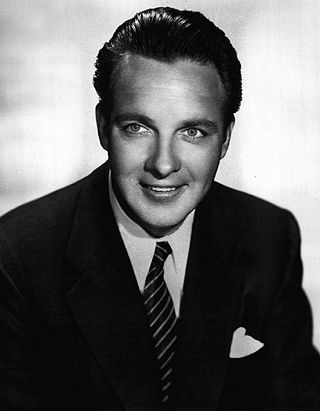
George Robert Crosby was an American jazz singer and bandleader, best known for his group the Bob-Cats, which formed around 1935. The Bob-Cats were a New Orleans Dixieland-style jazz octet. He was the younger brother of famed singer and actor Bing Crosby. On TV, Bob Crosby guest-starred in The Gisele MacKenzie Show. He was also a regular cast member of The Jack Benny Program, on both radio and television, taking over the role of bandleader after Phil Harris' departure. Crosby hosted his own afternoon TV variety show on CBS, The Bob Crosby Show (1953–1957). Crosby received two stars on the Hollywood Walk of Fame, for television and radio.

Walter Gabriel Pichon professionally known as Fats Pichon, was an American jazz pianist, singer, bandleader, and songwriter.

Donald Christopher Barber was an English jazz musician, best known as a bandleader and trombonist. He helped many musicians with their careers and had a UK top twenty trad jazz hit with "Petite Fleur" in 1959. These musicians included the blues singer Ottilie Patterson, who was at one time his wife, and Lonnie Donegan, whose appearances with Barber triggered the skiffle craze of the mid-1950s and who had his first transatlantic hit, "Rock Island Line", while with Barber's band. He provided an audience for Donegan and, later, Alexis Korner, and sponsored African-American blues musicians to visit Britain, making Barber a significant figure in launching the British rhythm and blues and "beat boom" of the 1960s.
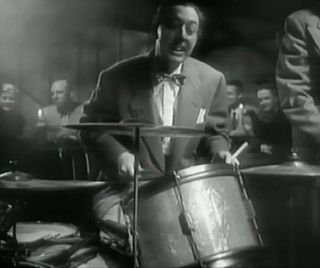
Ray Bauduc was an American jazz drummer best known for his work with the Bob Crosby Orchestra and their band-within-a-band, the Bobcats, between 1935 and 1942. He is also known for his shared composition of "Big Noise from Winnetka," a jazz standard.

Charlie Spivak was an American trumpeter and bandleader, best known for his big band in the 1940s.

George Porter Jr. is an American musician, best known as the bassist and singer of the Meters. Along with Art Neville, Porter formed the group in the mid 1960s and came to be recognized as one of the progenitors of funk. The Meters disbanded in 1977, but reformed in 1989. The original group played the occasional reunion, with the Funky Meters, of which Porter and Neville are members, keeping the spirit alive, until Neville's retirement in 2018 and death the following year.

Lawrence Joseph Elgart was an American jazz bandleader. With his brother Les, he recorded "Bandstand Boogie", the theme to the long-running dance show American Bandstand.

Robert Maurice Malone is an American keyboardist, singer, and songwriter. He has toured extensively as a solo artist as well as with former Creedence Clearwater Revival frontman John Fogerty, and has recorded with such artists as Fogerty, Ringo Starr, and Avril Lavigne. His version of "You’re a Mean One, Mr. Grinch" was used in the promotion of the 2018 film The Grinch.

Lester Elliott Elgart was an American swing jazz bandleader and trumpeter.
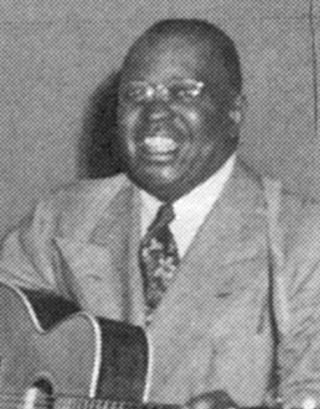
Arthur Budd Scott was an American jazz guitarist, banjoist and singer. He was one of the earliest musicians associated with the New Orleans jazz scene. As a violinist he performed with James Reese Europe's Clef Club Orchestra at a historic 1912 concert at Carnegie Hall, and the following year worked with Europe's ensemble on the first jazz recordings on the Victor label.
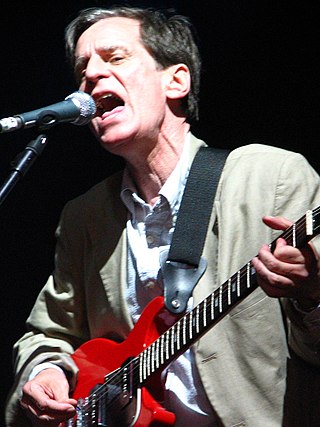
Alex Chilton was an American musician, singer-songwriter and record producer, best known as the lead singer of the Box Tops and Big Star. Chilton's early commercial success in the 1960s as a teen vocalist for the Box Tops was never repeated in later years with Big Star and in his subsequent indie music solo career on small labels, but he drew an intense following among indie and alternative rock musicians. He is frequently cited as a seminal influence by influential rock artists and bands, some of whose testimonials appeared in the 2012 documentary Big Star: Nothing Can Hurt Me.

Herbert Hardesty was an American musician who played tenor saxophone and trumpet. He is best known for his association with the New Orleans pianist Fats Domino and the producer Dave Bartholomew, beginning in 1948. He released six 45-rpm records as Herb Hardesty between 1959 and 1962. His first CD of these recordings, together with others made but not issued in 1958, were released worldwide in July 2012 by Ace Records as The Domino Effect.

Billy Peterson is an American bass player, songwriter, composer, session musician and producer. Growing up in a family of professional musicians, Peterson started with music at a very young age. Billy is the brother of Paul Peterson and Ricky Peterson.
Eugene Staples, better known by the stage name Blue Steele was an American jazz singer, trombonist and bandleader. He also played mellophone.

Gene Williams(néEugene Francis Williams; 26 February 1926 East Orange, New Jersey – 12 February 1997 Wilton Manors, Florida) was an American jazz vocalist and bandleader.